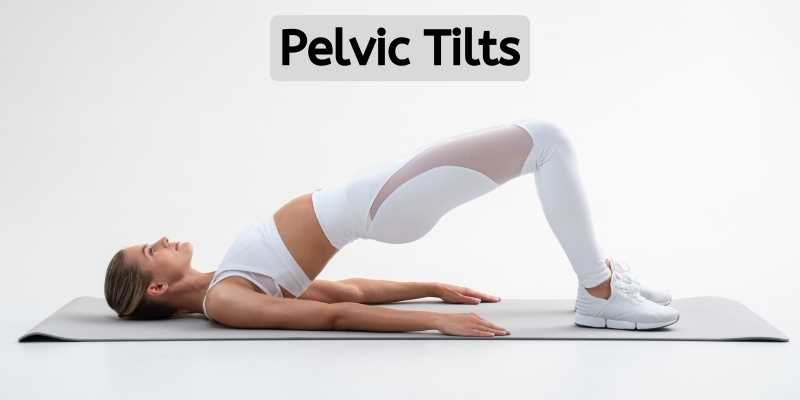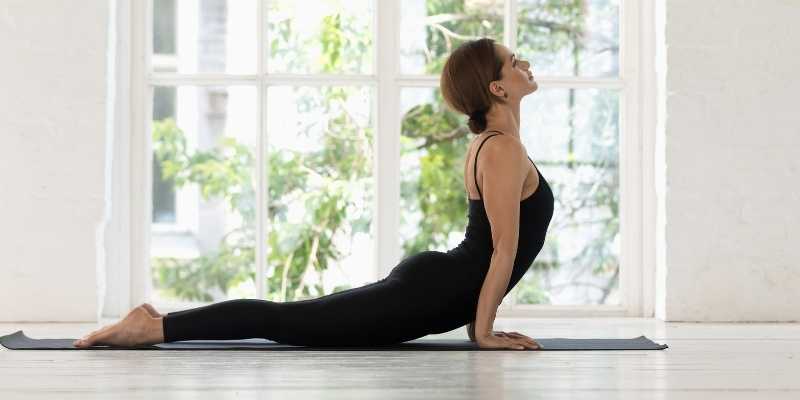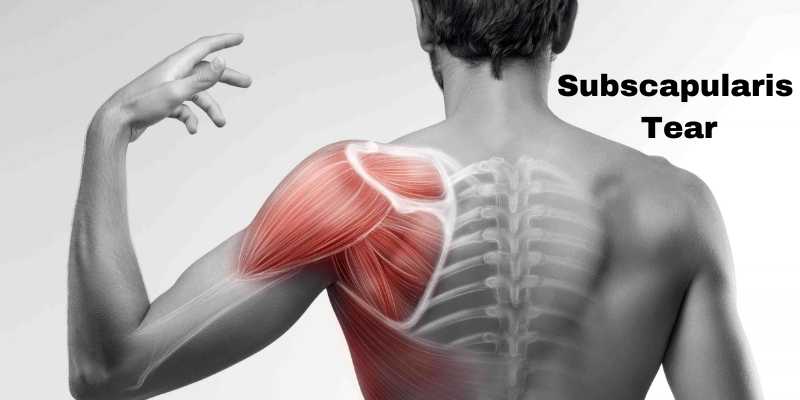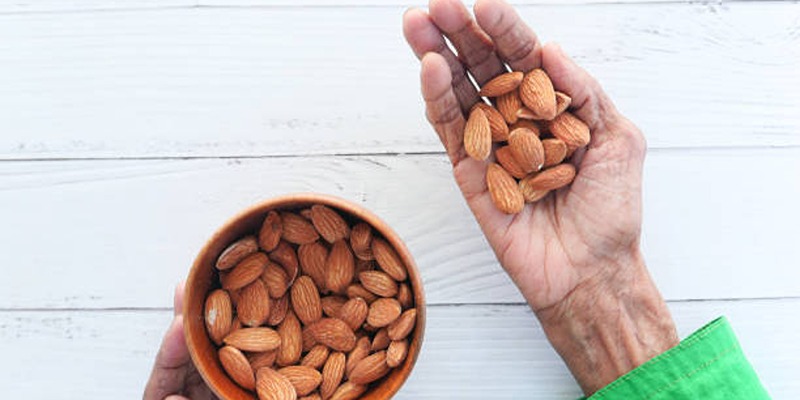Living with scoliosis, which results in the spine curving sideways, can provide particular physical difficulties. This curvature frequently results in symptoms that affect comfort and everyday living, such as back discomfort, crooked posture, and decreased mobility. Although there is no treatment for scoliosis, some exercises may help control its symptoms by boosting flexibility, strengthening muscles, and improving posture.
No matter the severity of your scoliosis-related discomfort, a focused fitness program can significantly improve your condition. With these safe, efficient workouts designed to meet your scoliosis needs, you may begin your path to relief and a higher quality of life.
Benefits of Exercise for Scoliosis:
- Improved Postural Alignment: Scoliosis exercises promote improved body alignment by strengthening the muscles that support the spine.
- Discomfort Reduction: Frequent workouts help the neck, shoulders, and back become less tense, which might reduce the persistent discomfort that scoliosis typically causes.
- Increased Core Strength: By strengthening the core muscles, the spine receives essential assistance that stabilizes and protects it.
- Improved Flexibility: Specific stretches increase flexibility, which helps facilitate movement and lessen spinal stiffness.
- Improved Balance and Coordination: Exercises improve general stability and coordination by reversing the imbalance brought on by scoliosis.
- Increased Spinal Mobility: Exercises that stress mild spinal motions improve mobility and provide a more functional range of motion.
- Decreased Muscle Tension: Stretches, in particular, help release tense muscles, which reduces pain in scoliosis-affected areas.
- Enhanced Lung Capacity: Some activities promote breathing by expanding the chest area, which can become restricted in severe scoliosis.
- Strengthened Upper and Lower Body Muscles: Increasing the strength of the muscles surrounding the hips, shoulders, and back improves support and reduces pressure on the spine.
- Reduced Risk of Secondary Injuries: By strengthening the spine and increasing stability, strengthening exercises reduce the chance of secondary injuries.
- Better Well-Being and Confidence: Regular exercise improves quality of life, lowers pain, and increases confidence, all contributing to mental health.
- Improved Circulation: Exercise promotes blood flow, which carries more oxygen and nutrients to tissues and reduce inflammation in the area surrounding the spine.
- Prevention of Curve Advancement: Strengthening and flexibility exercises can help delay or moderate the advancement of curves, but they will not cure scoliosis.
- Decreased tiredness: Better posture and muscular support minimize strain, boost vitality, and reduce general tiredness.
- Increased Capacity to Complete Daily Tasks: Increased flexibility and mobility provide more straightforward movement throughout daily tasks, promoting functional independence.
Strengthening Exercises for Scoliosis:
- Pelvic Tilts: Pelvic tilts strengthen the lower back and core muscles while assisting in the spine's alignment.
- Step 1: Lie on your back, your feet flat on the floor, and your knees bent.
- Step 2: Tighten your abdominal muscles and place your lower back on the floor.
- Step 3: Repeat ten to fifteen times after holding for five seconds and letting go.

- The Cat-Cow Stretch: This yoga-inspired stretch relieves stress in the spine and increases flexibility.
- Step 1: With your hands at your shoulders and your knees beneath your hips, begin on all fours.
- Step 2: In Cat Pose, squeeze your shoulders away from your ears and arch your back upward.
- Step 3: Lower your abdomen, raise your chest, and gaze up (Cow Pose).
- Step 4: Slowly repeat the motion ten or twelve times.
- The Child's Pose: The Child's Pose helps to stretch and ease lower back tension.
- Step 1: Place your knees hip-width apart and toes together.
- Step 2: With your arms extended front, lower your body between your thighs.
- Step 3: Hold the pose for 2030 seconds while taking deep breaths.
- Board Planks: These planks are great for core stability and supporting people with scoliosis.
- Step 1: Raise your body onto your forearms and toes while lying on your stomach.
- Step 2: Hold for 15-20 seconds while maintaining a straight back and using your core.
- Step 3: Repeat two to three times, extending the time as your strength increases.
- Exercise for Bird Dogs: Such exercise strengthens the shoulder, lower back, and core muscles and improves coordination.
- Step 1: Get down on your hands and knees.
- Step 2: Keeping your balance, extend your left leg back and your right arm forward.
- Step 3: Repeat 1012 times on each side after holding for a few seconds and switching sides.
- The Cobra Stretch: Increases the spine's flexibility and strengthens the back muscles.
- Step 1: Place your hands behind your shoulders while lying on your stomach.
- Step 2: Elevate your head and shoulders by gradually raising your chest.
- Step 3: Breathe deeply while holding for 15 to 20 seconds, then gently lower yourself.

- Sits on the Wall: Use your lower body and core to support your spine.
- Step 1: Slide down like sitting on a chair while keeping your back to the wall.
- Step 2: Maintain a 90-degree angle with your knees for 15 to 30 seconds.
- Step 3: Do these three or four times.
- Leg and Arm Raise Balance: The strength of the body by concentrating on the lower back and core.
- Step 1: Extend your arms above while lying face down.
- Step 2: Lift your right leg and left arm simultaneously, hold them for a second, and then swap.
- Step 3: Perform ten to fifteen reps on each side.
- The Chest Opener: Relieves shoulder and chest tension, improving posture.
- Step 1: Place your hands behind your back and stand with your feet hip-width apart.
- Step 2: Maintaining a straight back, gently raise your hands up and back.
- Step 3: Hold for 15 to 20 seconds while taking deep breaths.
- Forward Bend: While Seated increases flexibility by stretching the lower back and hamstrings.
- Step 1: Sit on the floor with your legs straight out.
- Step 2: Reach forward slowly, trying to touch your toes.
- Step 3: Breathe steadily while you hold the stretch for 20 to 30 seconds.
- Arm Reach on Swiss Ball: Enhances balance and targets core stability.
- Step 1: Place your feet on the floor and your stomach on a Swiss ball.
- Step 2: Put one arm before you and keep it there for a few seconds before switching.
- Step 3: Repeat ten to twelve times per arm, paying attention to stability.
Conclusion
By managing your scoliosis with specific workouts, you may reduce pain, straighten your posture, and improve your general health. When followed regularly, these exercises reduce the symptoms of scoliosis and are structured to fit almost any schedule. Now is the time to adopt a healthier lifestyle and provide your spine with the support it needs. Prioritize your health and begin these activities to see the results for yourself.













